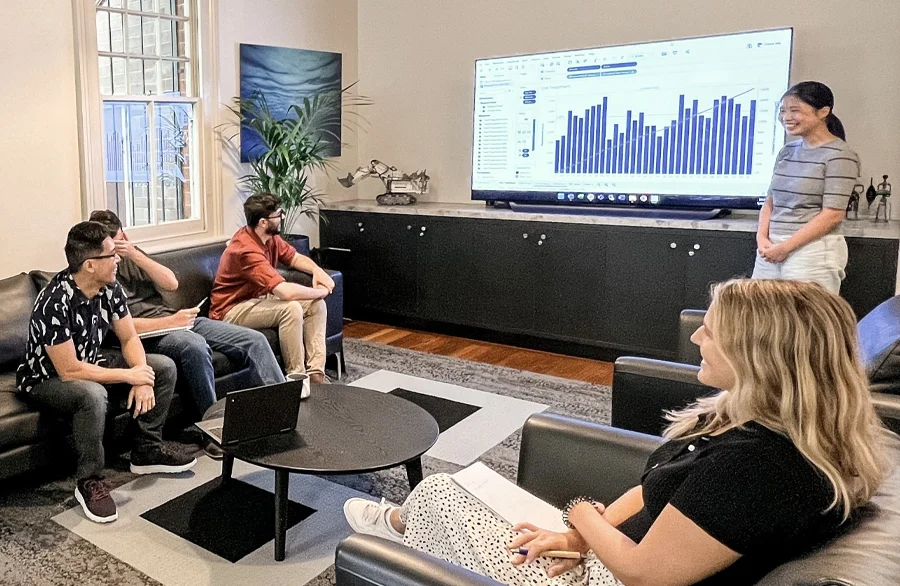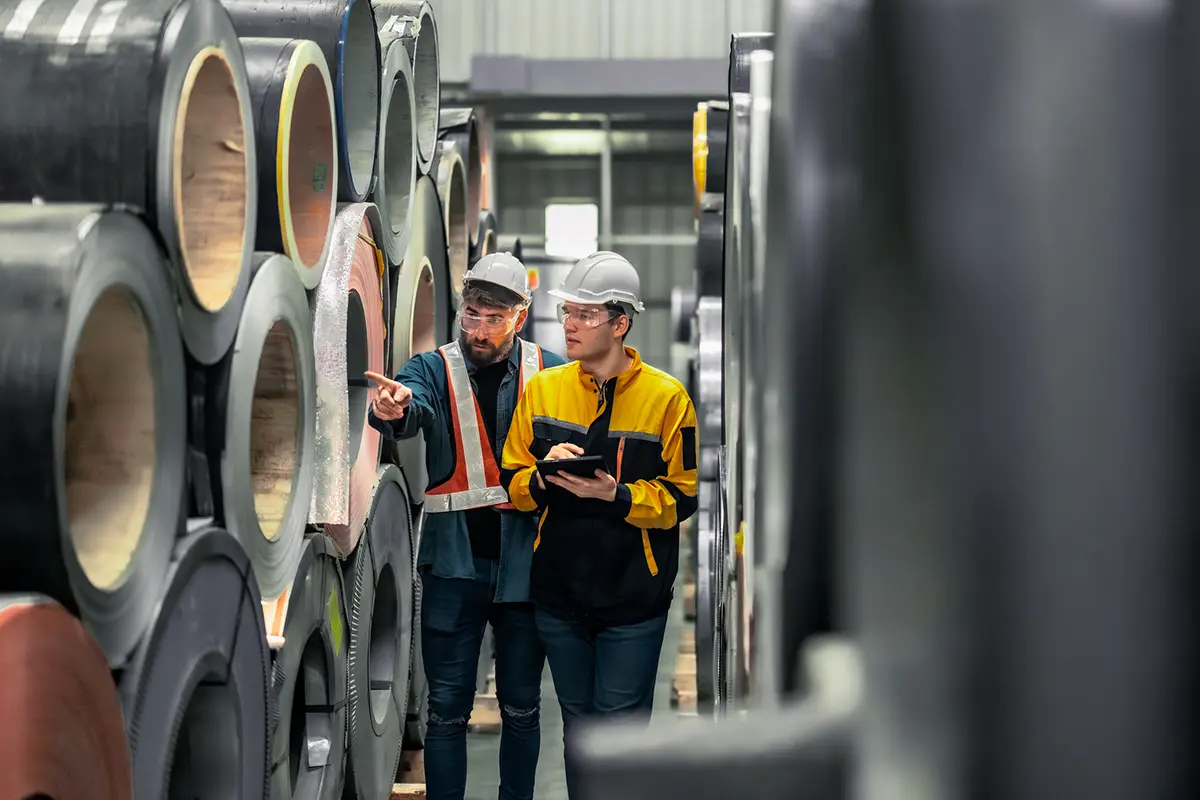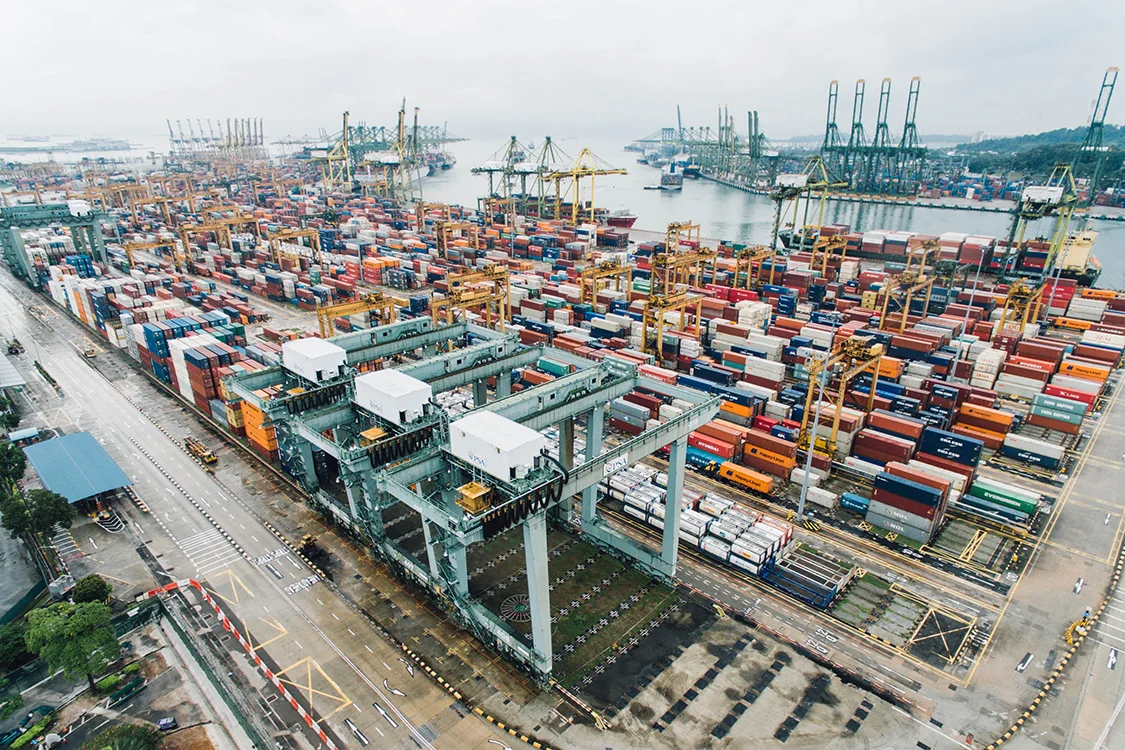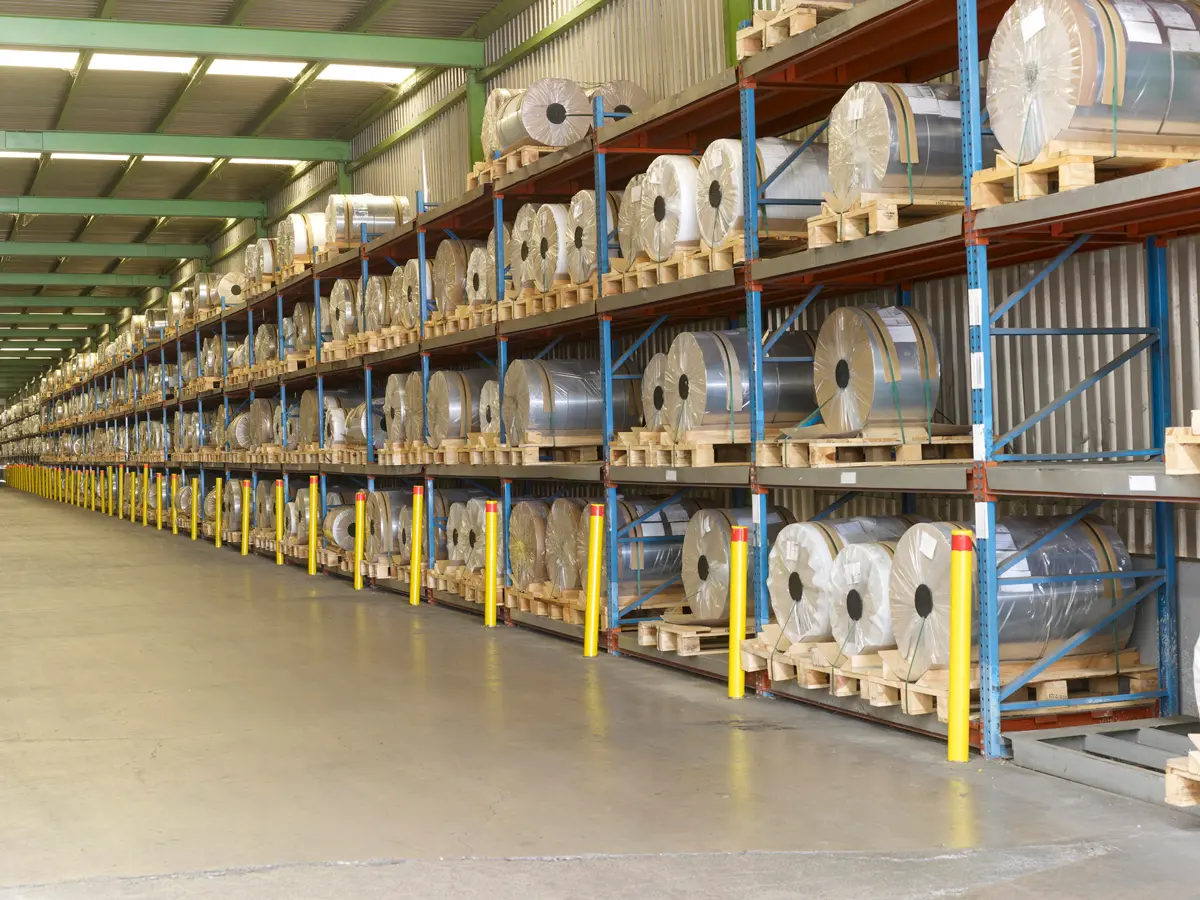The persistent and growing skills shortage remains a major challenge for the mining and minerals sector. This is particularly the case when it comes to attracting young, talented graduates.
Recent research by McKinsey suggests the mining sector has “lost its lustre” with young people, with 42% of survey recipients (aged between 15 and 30) saying they “definitely would not” consider a career in mining.1
McKinsey’s analysis also revealed that 71% of mining leaders said the shortage of talent was holding them back from delivering on production targets and strategic objectives. Also, the problem is getting worse – 86% of mining executives told researchers it was harder to recruit and retain the talent they needed today, compared with two years ago, especially in specialised areas like mine planning, process engineering and data science and automation.2
The shortage of skilled workers in mining is having a flow-on effect for the sector as a whole – impacting companies’ production targets and expansion plans, despite rapidly growing demand for metals to be used in renewable technologies.3
Metallurgical Systems is committed to finding solutions to this skills shortage by providing pathways for bright, young people to enter the sector. An important way we do this is through our very successful Internship Program. This involves providing paid internships for high-quality candidates, who can enhance their skills while completing their studies. In some circumstances, the candidate has gone on to work with the Metallurgical Systems team full-time.
John Vagenas, Managing Director of Metallurgical Systems, believes there are two key shifts happening in the sector which have the potential to attract and motivate young people to choose a career in mining.
“The first trend we’re seeing is the increasing digitalisation of the sector, which is helping organisations become more efficient, accountable and ultimately, more sustainable. As technology is starting to play a critical role, it opens up all kinds of new and exciting career opportunities for young people with technical skills and expertise, and who are passionate about using technology to drive positive change,” he says.
“Secondly, it’s very clear we need to to fix the ‘brand’ of mining by optimising its sustainability and ESG compliance. At Metallurgical Systems, we’re achieving this through our innovative software which delivers accurate, transparent, and granular digital sustainability reporting. There’s a vast need for skilled professionals who are committed to driving the performance of the sector in this area.”
Cameron Suen recently undertook a 12-week paid internship at Metallurgical Systems while completing a degree in Chemical Engineering. Her internship was focused on a single, in-depth project – converting a dynamic model into a working steady-state model for a concentrator complex.
“I was involved with modifying the model flowsheets, changing the code to calculate and control variables relevant for steady state, and deploying and testing the model using some simple scenarios,” she says.
According to Cameron, a key benefit of her internship was gaining practical experience using industry-leading software, such as the Metallurgical Intelligence® suite.
“My work revolved around using process simulation software, MI Core, MI Scenario and advanced reporting and analysis tools. Learning to use the software was challenging. However, after I became accustomed, not only did I gain a working understanding of the software, but I began seeing the interconnection between all of them,” says Cameron.
“I was also guided and given explanations on various aspects of the project, including what needed to change between the dynamic and steady state model and the purpose of the two. While the dynamic model could help monitor minute changes in the plant, the steady state simulation would give an overall view of how much could be produced from the given feed.”
She also says that opportunities to learn directly from a highly experienced team, on a real project, was also critically important.
“Throughout my placement, I was given the opportunity to connect with senior engineers and ask questions in a professional setting. I was well-supported and gained many insights into critical thinking in engineering, the significance of metallurgical accounting and the mining and minerals industry,” she says.
If you are interested in learning more about Metallurgical Systems and our internships, please get in touch.
REFERENCES
1. McKinsey, Has mining lost its lustre? Why talent is moving elsewhere and how to bring them back
2. McKinsey, Has mining lost its lustre? Why talent is moving elsewhere and how to bring them back
3. Sydney Morning Herald, Critical shortage: Miners face talent crunch as metals demand fires up





